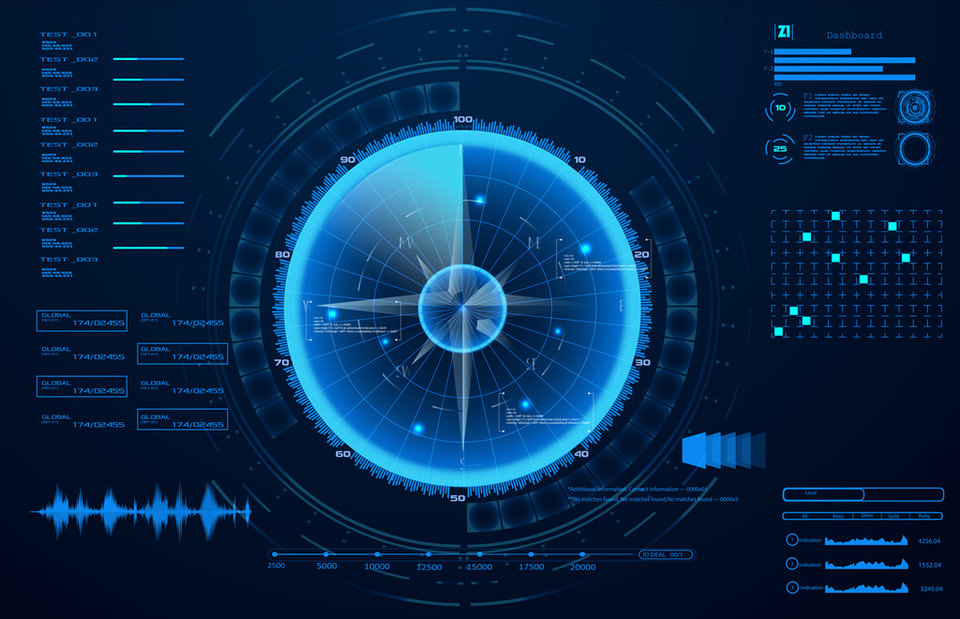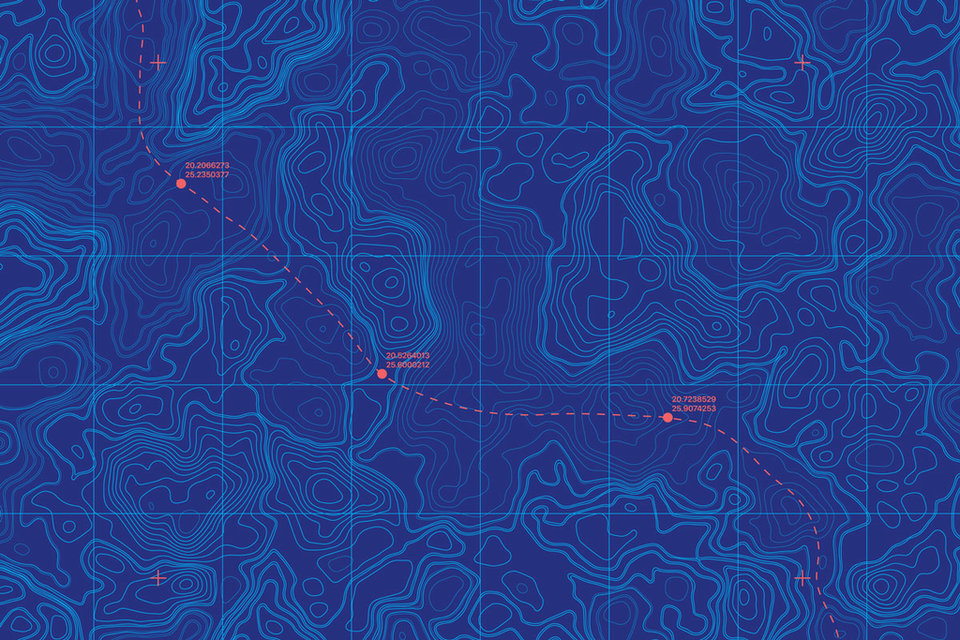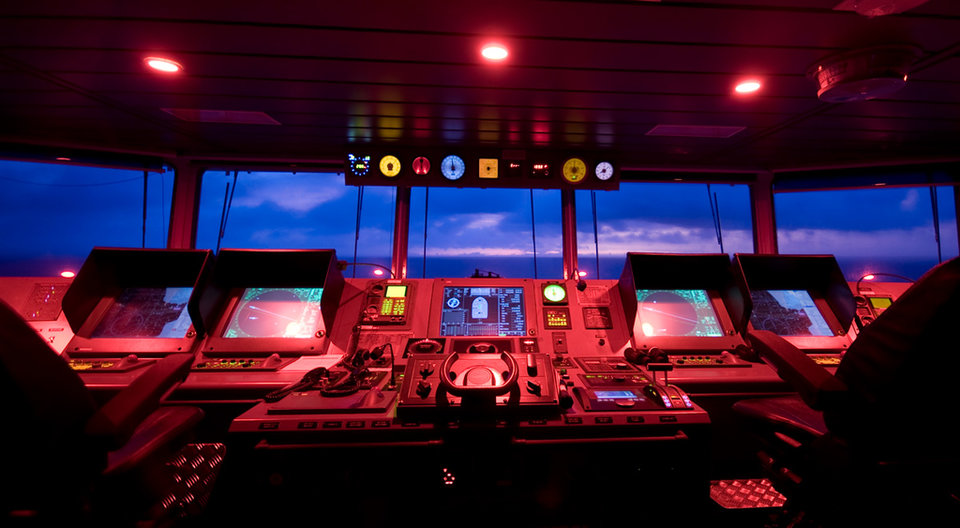Q&A | TECHNOLOGY
Q&A: how gravity fields can enhance ocean navigation
The UK Quantum Technology Hub is funding the development of a new system to improve maritime navigation. Ilaria Grasso Macola spoke to the hub’s director Dr Kai Bongs to find out more.
The UK National
Technology Hub in Sensors and Timing has awarded £600,000 to an ongoing research project to improve precision in maritime navigation.
Developed jointly by Imperial College London and the University of Oxford, the project aims to transform a gravity gradiometer into a hybrid instrument, allowing ships to avoid the use of satellite technology.
The hub’s director Dr Kai Bongs explains how this technology works and why it might be used alongside satellites in the future.
Ilaria Grasso Macola:
Can you explain what this project entails?
Kai Bongs: The project is part of a series developed by the UK National Quantum Technology Hub in Sensors and Timing.
The hub’s aim is to bring quantum technologies into new applications and we identified four areas to start and navigation is one of those.
Given that the hub is already building gravity gradiometers using quantum sensors, this project is an opportunity to go one step further and bring the micro-electro-mechanical systems (MEMS) together with cold atom technology.
By adding some specific electronics that will make the MEMS stable in the longer term, we will get a hybrid system, which will allow us to do precise gravity gradient measurement even on mobile platforms.

When did the project begin?
The thinking goes several years back but the project itself was only set up in the last year. We now have technology solutions to make these sensors better so we can have these solutions in the next two to three years.
What is the rationale behind it?
The quantum technology programme is about transferring early-stage laboratory results into commercial applications more quickly.
The rationale behind this project is that sensor systems could potentially have a market, especially if we’re heading in the direction of having autonomous ships, as you cannot rely on satellite navigation alone.
The project is being developed as a collaboration between Imperial College London and the University of Oxford. How is the work divided between the two teams?
Researchers at Imperial College London are experts in developing MEMS, manufacturing silicon masses on springs. Oxford University scientists, on the other hand, are experts in very high-end electronics, reading MEMS structures with the lowest possible noise in the readout.
What are the shortcomings of satellite navigation?
The use of Global Navigation Satellite System satellite navigation is widespread, as it’s very easy to use, highly precise and very cheap to install.
The main shortcoming is that it does not work underwater. If you're looking at applications in submarines and autonomous underwater vehicles, which is becoming a rapidly growing market for the blue economy, you can’t have satellite navigation but need different solutions for underwater.
Another issue is that, even above water, satellite navigation has a very weak signal that can be easily jammed or spoofed. You can disrupt the signal just by sending out strong radio waves, or use digital radio systems to mimic satellites.
It’s a single point of failure that has become system critical, so people are looking for alternatives.

On a practical level, how does the hybrid instrument work?
MEMS gravimeters are made up of a little silicon mass on a silicon spring. When gravity pulls on the mass, the spring bends and you can read this out electronically. The problem is that if you move the device, the acceleration will also bend the spring. Any vibration will thus look like gravitational noise.
A solution is to create a gradiometer by putting two gravimeters perfectly aligned at a distance. Then accelerations will act the same on both, while the gravitational pull from a mass changes with distance, such that it creates a unique differential signal.
This can be used to navigate by mapping gravity along the trajectory of a vessel. The obtained gravity trace can then be fit to a gravitational map in a way very similar to fitting a height profile to a topological map. With that, you can determine your location in absolute terms – not just relative to where you started.
What are the pros of using this kind of approach?
The big advantage is that this technology is completely internal to the ship, so you don’t need any type of communication.
We are working on this project because it’s absolutely passive, does not rely on anything and can be contained in a box. It’s a very resilient navigation solution and could be developed anywhere.

What challenges have you faced along the way?
A challenge is that, with gravity gradiometers, if you want to suppress vibrations, you need to align the gradiometers perfectly.
You need to achieve a suppression of vibrations to one part in a billion, which is fairly difficult to get and it’s a big engineering challenge.
Another way to have a perfect alignment is using cold atom quantum technology, which integrates falling clouds of atoms with a laser beam and, by having two clouds at a different height in the same laser, you have a perfect alignment from the start.
The problem with these systems is that they are relatively slow, because of insufficient bandwidth, and if the ship is moving, you might get some measurement artefacts [i.e. errors in the perception or representation of information].
Now the challenge is to bring these two together and essentially get the best of both, i.e. have a high bandwidth from the MEMS to cater for extra ship movements and long-term stability from the cold atom system.
What is the future of navigation and, in your opinion, will the industry rely more on alternatives to satellite?
I think the industry will need to rely more on alternatives to satellite, especially if we move to autonomous shipping.
In my opinion, while satellite navigation – due to its costs and availability – will remain very dominant, additional systems will be needed to make sure companies recognise when they are subject to spoofing events and have backup plans in such cases.
Dr Kai Bongs.
All images: UK Quantum Technology Hub